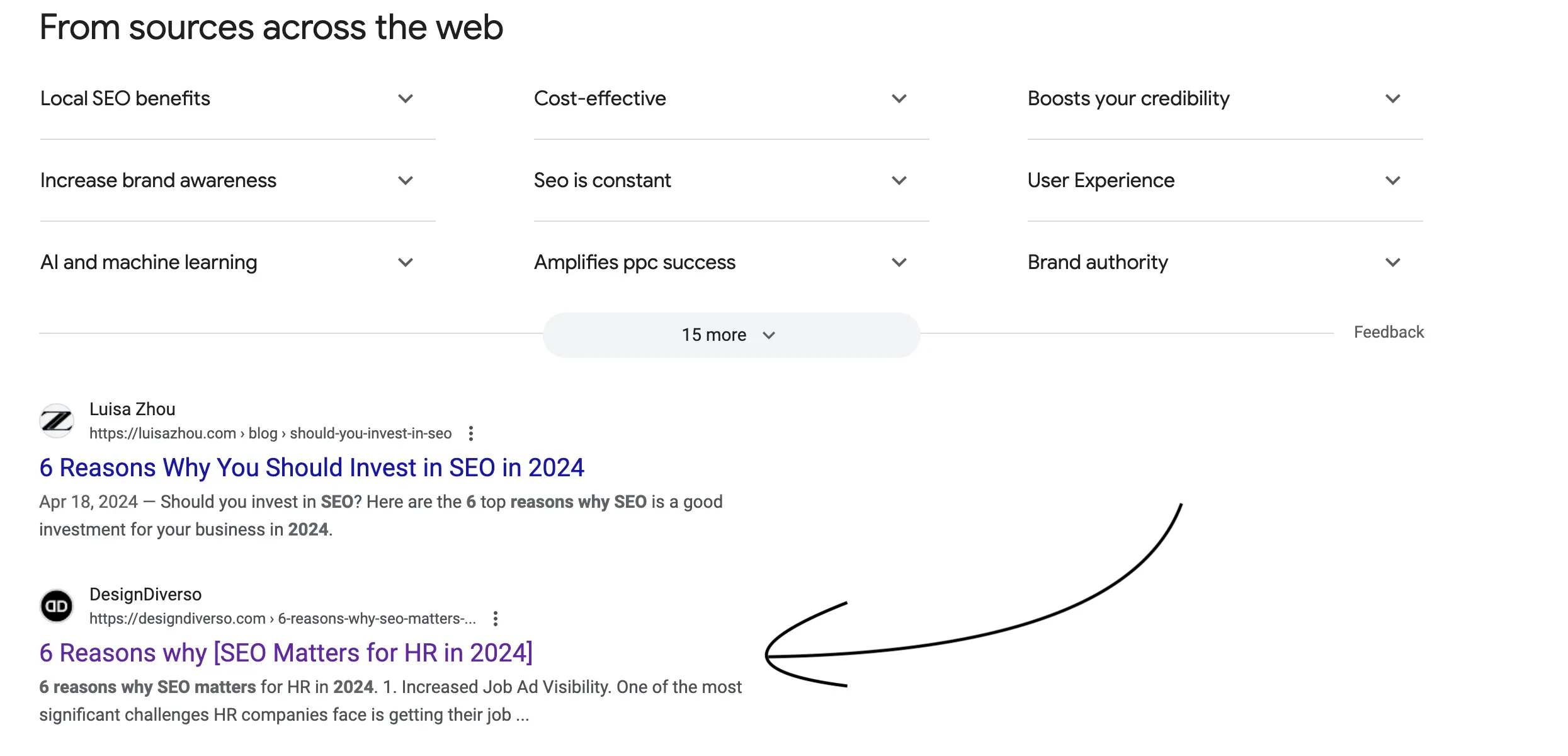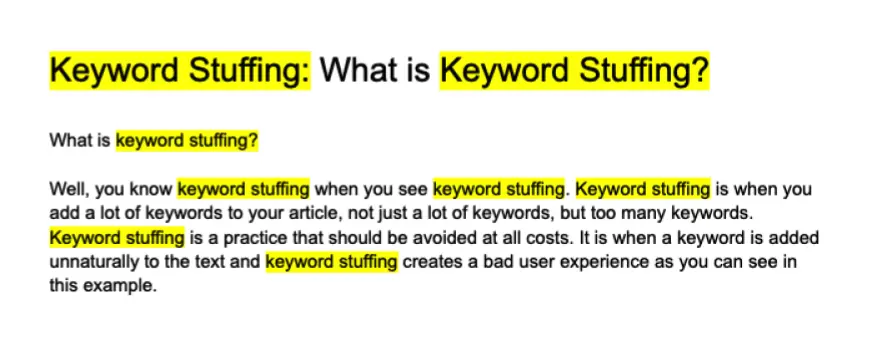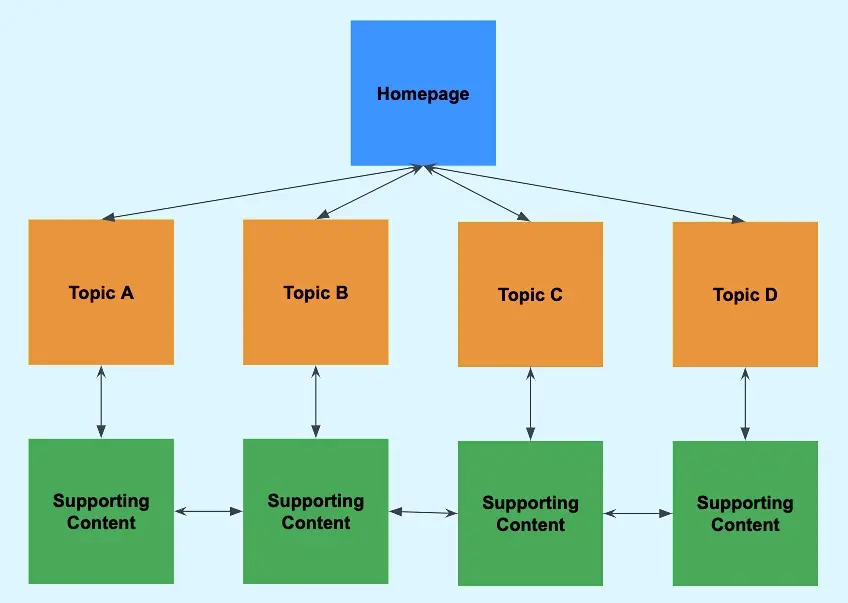
Marketing attribution is a crucial aspect of any B2B marketing strategy. It helps companies understand which marketing channels are driving the most valuable leads and ultimately sales.
By properly setting up marketing attribution, B2B companies can optimize their marketing efforts and maximize their return on investment.
What is marketing attribution?
Marketing attribution is the process of tracking and assigning credit to the touchpoints of a customer journey that lead to a conversion. In simpler terms, it helps marketers understand which marketing channels are contributing to the success of a campaign or initiative.
This information is crucial for making data-driven decisions and optimizing marketing efforts.
There are several types of marketing attribution models that companies can use, including first-touch, last-touch, linear, and multi-touch attribution. Each model has its strengths and weaknesses, and the best model to use will depend on the specific goals and objectives of the campaign.
Why is marketing attribution important for B2B companies?
For B2B companies, marketing attribution is particularly important because the sales cycle is typically longer and more complex than in B2C companies. B2B buyers often go through multiple touchpoints before making a purchase decision, and understanding which touchpoints are most influential can help companies optimize their marketing efforts and improve their ROI.
By attributing credit to the touchpoints that are driving the most valuable leads, B2B companies can make more informed decisions about where to allocate their marketing budget.
This allows them to prioritize channels that are performing well and eliminate or adjust those that are not driving the desired results.
Setting up marketing attribution for B2B companies
Setting up marketing attribution for B2B companies requires a strategic approach and the right tools. Here are some steps to help B2B companies set up marketing attribution effectively:
1. Define your goals and objectives:
Before setting up marketing attribution, B2B companies need to clearly define their goals and objectives. Are you trying to drive more leads, increase sales, or improve customer retention? Understanding your goals will help you determine which touchpoints are most important to track.
2. Choose the right attribution model:
As mentioned earlier, there are several attribution models to choose from. B2B companies should consider their sales cycle, customer journey, and marketing channels when selecting the right model.
For example, a first-touch attribution model may be useful for companies with a long sales cycle, while a multi-touch attribution model may be better suited for companies with a shorter sales cycle.
3. Implement tracking tools:
To successfully set up marketing attribution, B2B companies need to implement tracking tools that can capture data on customer touchpoints. Google Analytics, HubSpot, and Marketo are just a few examples of tools that can help companies track and analyze their marketing efforts.
While tools like Google Analytics can be effective for the holistic overview on your tracking efforts, a more reliable and affordable platform to learn exactly what happens on your website is not only possible but comes with plently of perks.
DesignDiverso automata let you enjoy all the benefits of an enterprise level product without having to learn all its features from scratch. No lock ins, and GDPR and privacy laws compliant out of the box across Europe and the US.
It comes included within our end solution and it is completely done for you, contact us today to learn more about DesignDiverso Automata.
4. Integrate data sources:
B2B companies often use multiple marketing channels, such as email, social media, and paid advertising. To properly attribute credit to these channels, companies need to integrate data sources and ensure that they are accurately tracking customer interactions across all touchpoints.
5. Analyze and optimize:
Once marketing attribution is set up, B2B companies should regularly analyze the data and optimize their marketing efforts based on the insights gained. This may involve adjusting budgets, reallocating resources, or testing new strategies to improve overall performance.
Benefits of marketing attribution for B2B companies
There are numerous benefits of setting up marketing attribution for B2B companies. Some of the key benefits include:
1. Improved ROI:
By understanding which marketing channels are driving the most valuable leads, B2B companies can optimize their marketing efforts and improve their return on investment.
2. Data-driven decision-making:
Marketing attribution provides companies with valuable data and insights that can inform strategic decision-making. This allows companies to make informed choices about where to allocate resources and how to optimize their marketing campaigns.
3. Enhanced customer experience:
By identifying the touchpoints that are most influential in the customer journey, B2B companies can improve the overall customer experience and drive more conversions.
4. Increased sales:
Marketing attribution can help B2B companies identify opportunities to increase sales by targeting the most effective marketing channels and tailoring their messaging to resonate with their target audience.
Wrapping up
Setting up marketing attribution is essential for B2B companies looking to optimize their marketing efforts and drive more valuable leads.
By defining goals, choosing the right attribution model, implementing tracking tools, integrating data sources, and analyzing and optimizing results, B2B companies can leverage the power of marketing attribution to improve their ROI and success.







